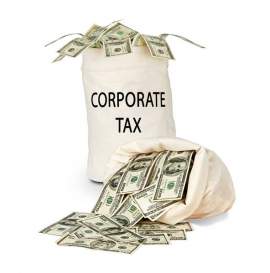
Guide to Dividend Yields

What is a Dividend Yield?
The dividend yield, regarding a company stock, refers to the company’s annual dividend payments, divided by the company’s market cap. In other words, the dividend yield is the amount of money you receive from your dividend payments divided by the price per share that you paid for the stock. As a result of the ratio, the dividend yield is typically expressed as a percentage.
Dividend Yield for Preferred Shares:
Dividend payments on preferred shares of stock are outlined in the company’s prospectus; the issuing organization will typically refer to a preferred share by the yield on its original price. That being said, the price will fluctuate according to the market so the yield based on the current price will proportionately vary. Owners of preferred shares will calculate multiple yields to reflect the different possible outcomes of the security. For example, the current yield is amount of the dividend divided by the current share price of the preferred stock.
Dividend Yield for Common Shares:
Unlike a preferred stock, there is no stipulated dividend for common shares. Instead, the dividend payments are set by management, typically in relation to the company’s quarterly profits. As a result, there is no guarantee that future dividends will match past dividends or even be paid at all. Due to this difficulty in forecasting, the most common formula used for dividend yield is the current yield formula expressed as the most recent full year dividend amount divided by the current share price of the stock.
What is a Dividend?
Dividends are payments made by a corporation to its respective shareholders. Dividends represent a portion of the corporate profits that are paid out quarterly or periodically to stockholders of the underlying company. Not all companies will issue dividends; those that do are typically safer investments due to the fixed and guaranteed delivery of funds. When a corporation earns a profit or possesses a surplus, those funds can be put to two uses: the monies can either be re-invested into the business (retaining earnings) or the funds can be paid out to the shareholders in the form of a dividend. The majority of corporations will retain a portion of their earnings and the pay remainder as a dividend.
For a public company that issues stock and provides dividend payments to their shareholders, the funds are allocated as a fix amount based on the amount of shares the individual owns. Therefore, a shareholder receives dividends in proportion to their respective shareholding. For companies, the payment of a dividend is not expense, but rather, it is the division of net profits (after taxes) among its stakeholders. Profits that have not been distributed as dividends (retained earnings) will be expressed on the company’s balance sheet in the shareholder equity section. As stated before, companies who pay a dividend typically do so, on a fixed schedule; however, the company may choose to issue a dividend whenever it feels necessary—a company may issue unexpected dividends to shareholders to boost confidence in troubled or sketchy times.



















